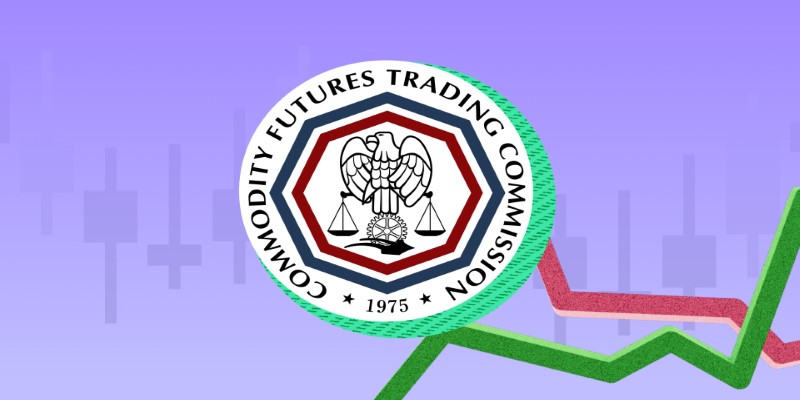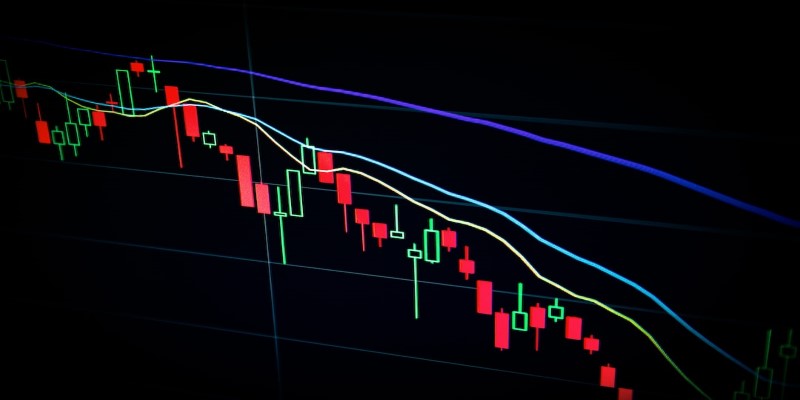How a COT report Works: Understanding Types with a Simple Example
Nov 24, 2024 By Sid Leonard
The Commitments of Traders report is probably the best way to view market sentiment in futures trading. It's like having a backstage pass to see what the heavy hitters- the commercial hedgers, institutional speculators, and retail traders- are doing. But if you are relatively new to the concept, decoding the COT report might be a bit overwhelming, so don't worry. In this tutorial, we are going to break it down piece by piece and see how the report works, what categories of traders it identifies, and how you can use it to hone your trading strategies.

What Are the Commitments of Traders (COT) Reports, and Why Do They Matter?
The U.S. Commodity Futures Trading Commission is publishing a COT report every week. It might be likened to a snapshot showing who holds what in futures and options markets. Such data the CFTC gathers on Tuesday of every week are released to the public on Friday, revealing a snapshot of the positions of traders about different commodities, financials, and currencies.
Why do we care? For, futures markets are propelled not just by news or economic reports but also by what type of participant is doing. Traders and analysts see the COT report as a look at what the large players have been doing: bullish or bearish or hedging for risk. That's one of the reasons that report can be a useful market sentiment tool, something where newbies and even those pros can adjust the game.
Types of Traders Covered in the COT Report
At its core, the COT report divides participants into three primary categories, each with unique roles in the market. Understanding these categories is essential to getting the most out of the report.
Commercial Traders (Hedgers)

These participants represent businesses that actually deal with the commodity in question. Think of farmers, oil producers, or airlines. Their goal isn't to make a profit from market movements but to hedge against price changes that could impact their business. For example, a wheat farmer may go short on wheat futures to lock in a selling price in advance, minimizing the risk of future price drops.
Non-Commercial Traders (Large Speculators)
This group includes hedge funds, mutual funds, and other big institutional investors whose primary objective is to profit from price fluctuations. They take on both long and short positions based on market predictions. Their activity is often seen as a barometer for market sentimentwhen theyre long, its a sign of optimism, and when theyre short, it reflects bearish expectations.
Non-Reportable Traders (Small Traders)
This category consists of retail traders and smaller investors whose positions are relatively small compared to the big players. Although their impact on the market is limited, tracking their movements can still provide insight into trends among individual investors. These traders are often seen as less informed or more reactive, following trends established by larger market participants.
How to Interpret the COT Report
Reading the COT report takes a bit of practice, but once you get the hang of it, it becomes an essential part of your trading toolkit. The report includes data on long and short positions held by each trader category, giving insight into how the market views a particular asset. Heres a simplified breakdown of what to look for:
Net Positions: The report shows the total number of long and short contracts held by each category. The difference between the two is called the net position. A positive net position indicates that traders are mostly long on the asset, signaling optimism, while a negative net position shows a bearish outlook.
Changes Over Time: Its important not just to look at the current net positions but also how theyve changed from one week to another. A sudden increase in long positions among large speculators might signal a shift in sentiment, possibly leading to a new trend. On the other hand, consistent hedging by commercial traders could indicate expectations of market volatility.
Open Interest: Open interest refers to the total number of open contracts in a given futures market. A rising open interest accompanied by more long positions suggests growing enthusiasm for the asset. Conversely, if open interest is falling, it might signal that market participants are losing interest or unwinding their positions.
Example of Using the COT Report in Practice

Lets walk through an example to see how the COT report can influence trading decisions.
Imagine you are following crude oil futures, and the latest COT report shows that large speculators have dramatically increased their long positions over the past few weeks. Simultaneously, commercial hedgers have also increased their short positions, likely trying to lock in prices before a potential rise. This divergencewhere speculators are bullish and commercial traders are cautiouscan offer valuable insights.
As a trader, you might decide to go long on crude oil futures, aligning yourself with the speculators, who often anticipate trends earlier than hedgers. However, youd also keep an eye on any shifts in the hedgers behavior since a sharp reversal in their positions could indicate that the trend is about to end or that volatility is on the horizon.
This dynamic between speculators and hedgers makes the COT report more than just a datasheetit becomes a narrative of how different players are positioning themselves in the market and what that might mean for prices going forward.
Conclusion
The Commitments of Traders (COT) report offers a glimpse into how major market playershedgers, speculators, and retail tradersare positioning themselves. It reveals market sentiment and potential trends, helping traders make informed decisions. While it wont predict exact outcomes, the COT report provides crucial insights for managing risks or identifying opportunities. With consistent practice, youll learn to spot shifts in positions, improving your ability to navigate futures markets effectively.

How to Battle Bullying in the Workplace: Tips and Strategies

Reasons for Buying New Home Construction From Builders

What Is a Mixed Economy? Finding Balance in Economic Systems

Is the Raymour and Flanigan Credit Card Right for You? A Comprehensive Review

What Is Passive Real Estate Investing?

When is the best time to buy insurance?

Health Care Costs in Retirement

What is Self-Employment Tax?

An Insight into Gerber Life Insurance
